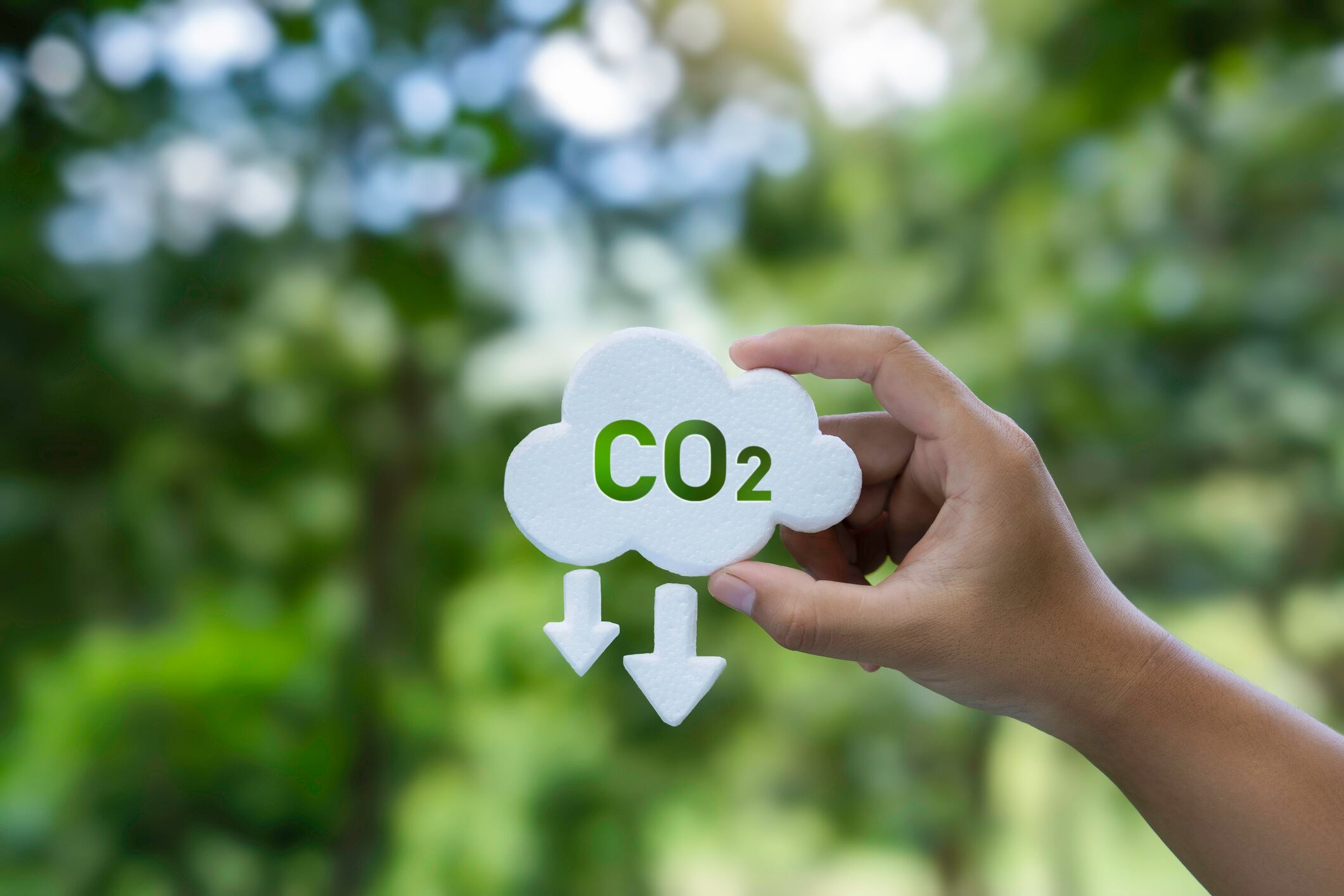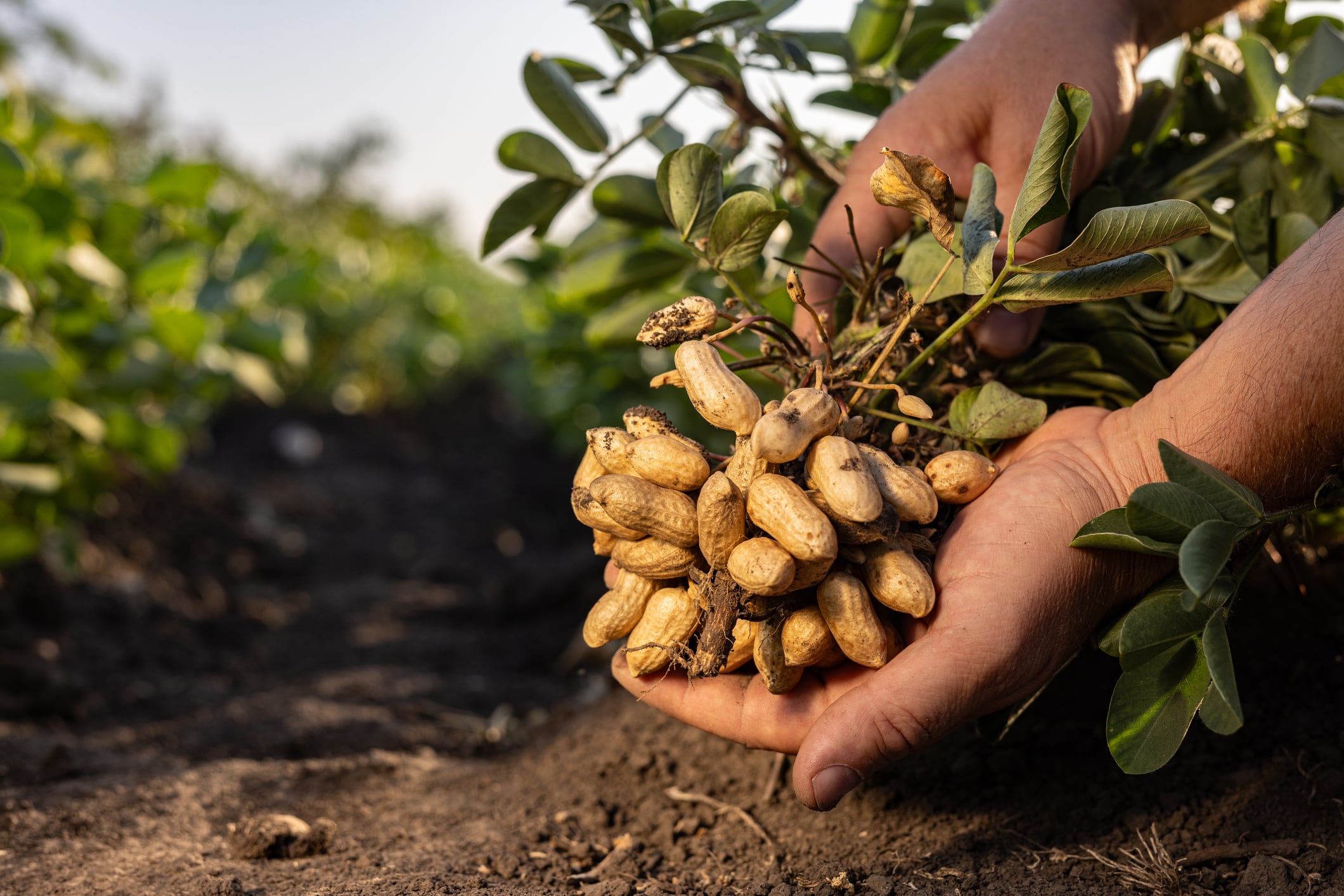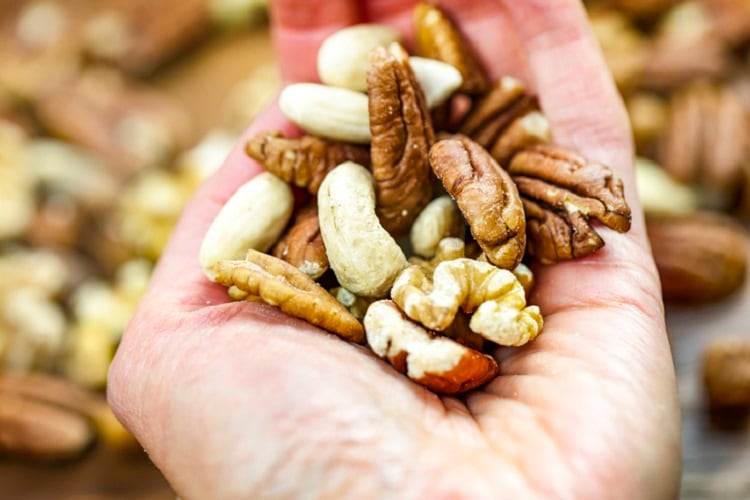What is the Eat-Lancet 2.0 diet update? Summary
- Less than one percent follow the Eat-Lancet planetary health diet
- New version adds focus on equity and just food systems globally
- Diet could prevent fifteen million premature deaths every year
- Emissions could drop sixty percent by 2050 with dietary shifts
- Red meat down, produce up, food becomes more affordable worldwide
The Eat-Lancet Commission made a splash back in 2019 when it defined the ideal diet: one that served up healthy nutrition within planetary boundaries.
While it was considered groundbreaking at the time, with what we know now, it feels like common sense: the diet was largely plant-based, included moderate amounts of animal products, and limited problematic nutrients like added sugars, saturated fats, and salt.
But six years on, and not enough progress has been made. The latest Eat-Lancet Commission, published this month, reveals that less than one percent of people are eating in line with its planetary health diet.
It’s widely acknowledged among experts in fields like health, agriculture, and sustainability that this needs to change. But how?
Eat-Lancet diet 2.0: what’s changed and why does it matter?
A major update has been made to the Eat-Lancet planetary health diet. Where previously it focused on sustainable nutrition, the upgrade now emphasises the importance of just food systems to improve health and social development outcomes.
The Commission estimates that fewer than one percent of the world’s population is currently in the ‘safe and just space’, where people’s rights and food needs are met within planetary boundaries.
The inequality is impossible to deny: almost one billion people are suffering from undernutrition, while the wealthiest 30% drive more than 70% of food-related environmental impacts.
Most concerning for human health are the links between diet and illness. It’s estimated that following the planetary-health diet could prevent approximately fifteen million premature deaths per year, by lowering several health risks: type 2 diabetes, cardiovascular disease, cognitive decline, obesity and several cancers.

Meanwhile, the potential environmental benefits are impressive: projected 2050 greenhouse gas emissions could drop by 60% compared to 2020. And at this point, it’s thought that 9.6bn people globally could have access to a healthy diet within critical environmental limits.
Six ways to build global support for Eat-Lancet diet 2.0
The latest Commission outlines at least six key strategies to advance just, sustainable, and healthy diets. These approaches not only highlight the tools available to drive meaningful change, but also shed light on why so few people currently follow truly sustainable eating patterns. The strategies include:
1. Shifting diets toward health and affordability
Make healthier foods the easy, affordable choice through pricing measures, marketing restrictions and stronger socio-economic support.
2. Protecting and promoting traditional diets
Value cultural food practices and boost access to diverse, under-consumed foods through guidelines, schools and local markets.
3. Producing food within planetary boundaries
Adopt sustainable farming practices, rebalance market power and redirect R&D and subsidies toward plant-rich transitions.
4. Halting ecosystem conversion
Protect indigenous and community land, strengthen stewardship and reduce agricultural land use by mid-century.
5. Cutting food loss and waste
Improve storage, logistics and recycling to reduce waste across supply chains, retail and households.
6. Securing social foundations
Guarantee decent work, representation and social protection while supporting workers through the food system transition.
Livestock down, fresh produce up: the impact on the food industry
If diets remain unchanged and climate action stalls, global temperatures could rise by 2% by 2050. Farm output would continue to grow, but greenhouse gas emissions from agriculture would surge by 33%.
In contrast, transforming diets could dramatically improve the environmental outlook. Compared to 2020 levels, emissions are projected to fall by 60% by 2050.
This shift would have major implications for the food industry. Red meat sectors would need to contract by 33%, while fruit, vegetable, and nut sectors would need to expand by 63%.
Looking closer, livestock output would decline significantly: ruminant cattle numbers would drop by 26%, and dairy cattle by 15%. Some crop production would also decrease – rice by 13%, wheat by 4%, and sugar by 7%.
Meanwhile, other areas of food production would see substantial growth. Aquatic foods like white fish would increase by 46%, reaching 220m tonnes. Vegetable production would rise by 42%, fruit by 61%, nuts by 172%, and legumes by 187%.
Despite these shifts, food is expected to become more affordable overall, with the share of global income spent on nutrition falling from 7% to just 4%.

It’s hard to argue with the logic: shifting toward healthier, more sustainable, and more socially equitable food systems simply makes sense. With the evidence, tools, and strategies now in place, the responsibility to act falls to governments, industry, and consumers alike.





